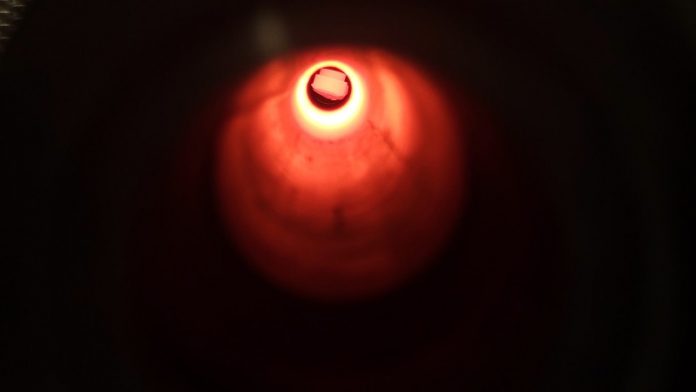
The dream of building homes, labs, and entire settlements on Mars is no longer just the stuff of science fiction.
Billionaires, space agencies, and space enthusiasts are all talking seriously about how humans might one day live on the Red Planet.
But there is one big question: how do we get the building materials there?
Sending metals from Earth is wildly expensive. Just delivering NASA’s one-ton Perseverance Rover to Mars in 2020 cost about US$243 million.
Imagine trying to ship hundreds or even thousands of tons of steel, aluminum, or iron to build habitats. It’s simply not practical.
That’s why scientists are looking at a different idea—making the materials we need directly on Mars itself. The approach is called in-situ resource utilization, or ISRU, which means using the natural resources that are already there.
Dr. Deddy Nababan, a CSIRO postdoctoral fellow and Swinburne University of Technology graduate, has been working on this problem for years.
His specialty is “astrometallurgy,” essentially creating metals in space. Together with Swinburne’s Professor Akbar Rhamdhani, he is testing a method for producing metals from Martian soil, known as regolith.
Mars soil is rich in iron oxides, and its thin atmosphere contains carbon dioxide.
This combination, the researchers realized, provides the perfect ingredients for producing pure iron. To test the idea, they used a regolith simulant—a carefully designed artificial material that mimics the real soil found at Gale Crater, one of the sites explored by NASA rovers.
The simulant was placed inside a chamber that recreated Mars-like conditions, including the low surface pressure. The team then heated it to increasing temperatures. Around 1,000°C, they observed the formation of pure iron.
At about 1,400°C, liquid iron mixed with silicon formed, eventually gathering into a large droplet that separated cleanly from the surrounding waste material, or slag. In other words, the process worked much like a miniature iron foundry, but under Martian conditions.
The breakthrough, published in the journal Acta Astronautica, shows that Mars has everything needed to make its own metals.
These metals could be used to build the shells of habitats, machinery for excavation, or even parts for research facilities. And because every kilogram counts in a rocket launch, the ability to produce materials on site could dramatically cut the cost and complexity of future missions.
The project doesn’t stop at iron. Dr. Nababan, Professor Rhamdhani, and CSIRO’s Dr. Mark Pownceby are working to refine the method so that no byproducts are wasted.
They envision a process where even the leftover slag could be repurposed into useful construction materials. This goal of “zero-waste metallurgy” could have benefits not just for Mars, but for Earth as well, by making industrial processes more sustainable.
The concept of ISRU is already proving itself. NASA’s Perseverance rover carried the MOXIE experiment, which successfully extracted breathable oxygen from Mars’ carbon-dioxide atmosphere. Producing metals would be the next major leap, moving us closer to building real infrastructure on another world.
“There are still challenges,” Professor Rhamdhani admits. “We need to understand how these alloys behave over time and whether this process can be scaled up on the actual Martian surface.” But the growing interest worldwide in astrometallurgy is encouraging.
The team recently held a four-day workshop in South Korea, bringing together experts from metallurgy, mining, engineering, and geology to push the field forward.
For Dr. Nababan, the work is about more than exploration. “By doing this, I wish to help the development of space exploration,” he said, “and at the end, it will bring good to human life here on Earth.”



